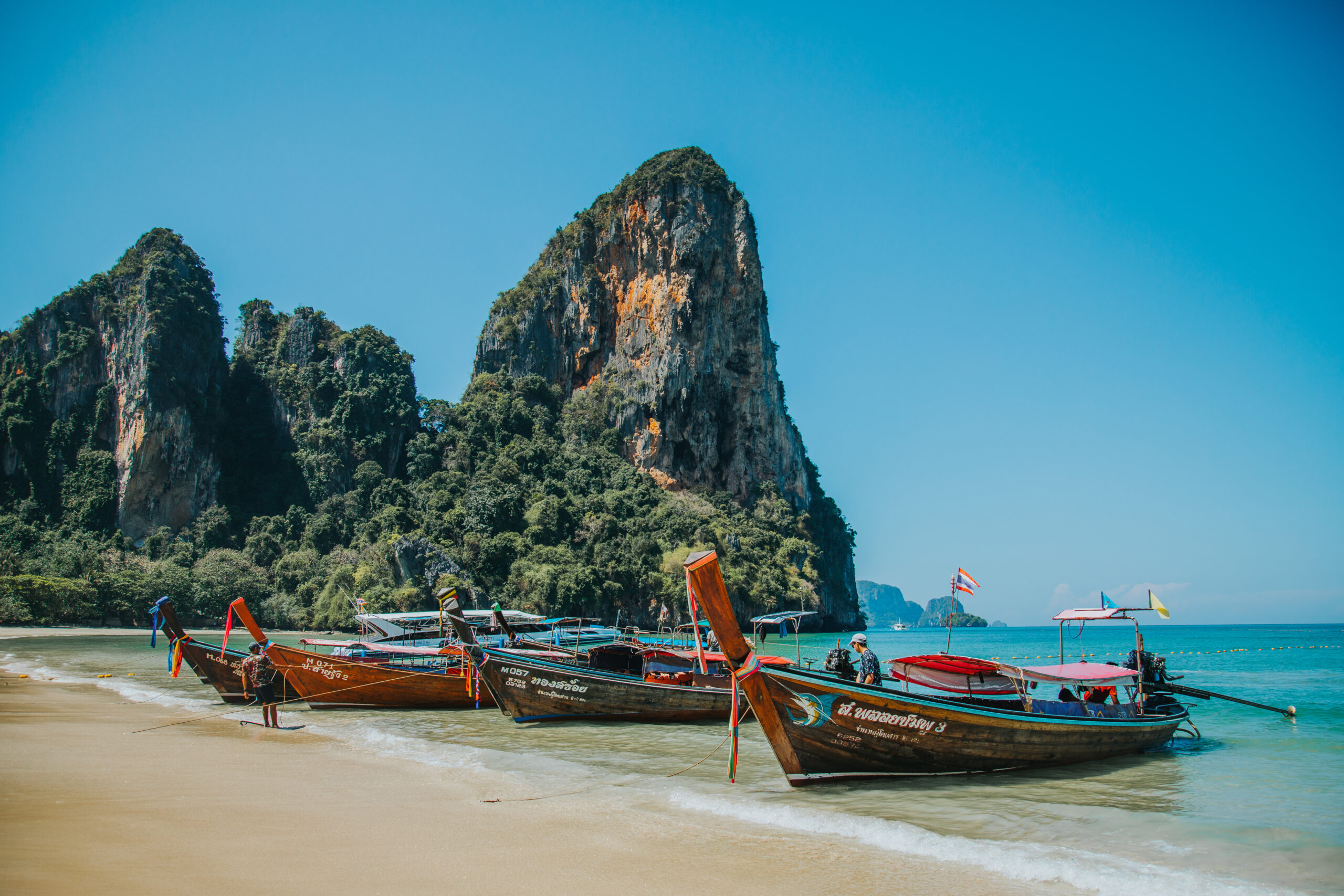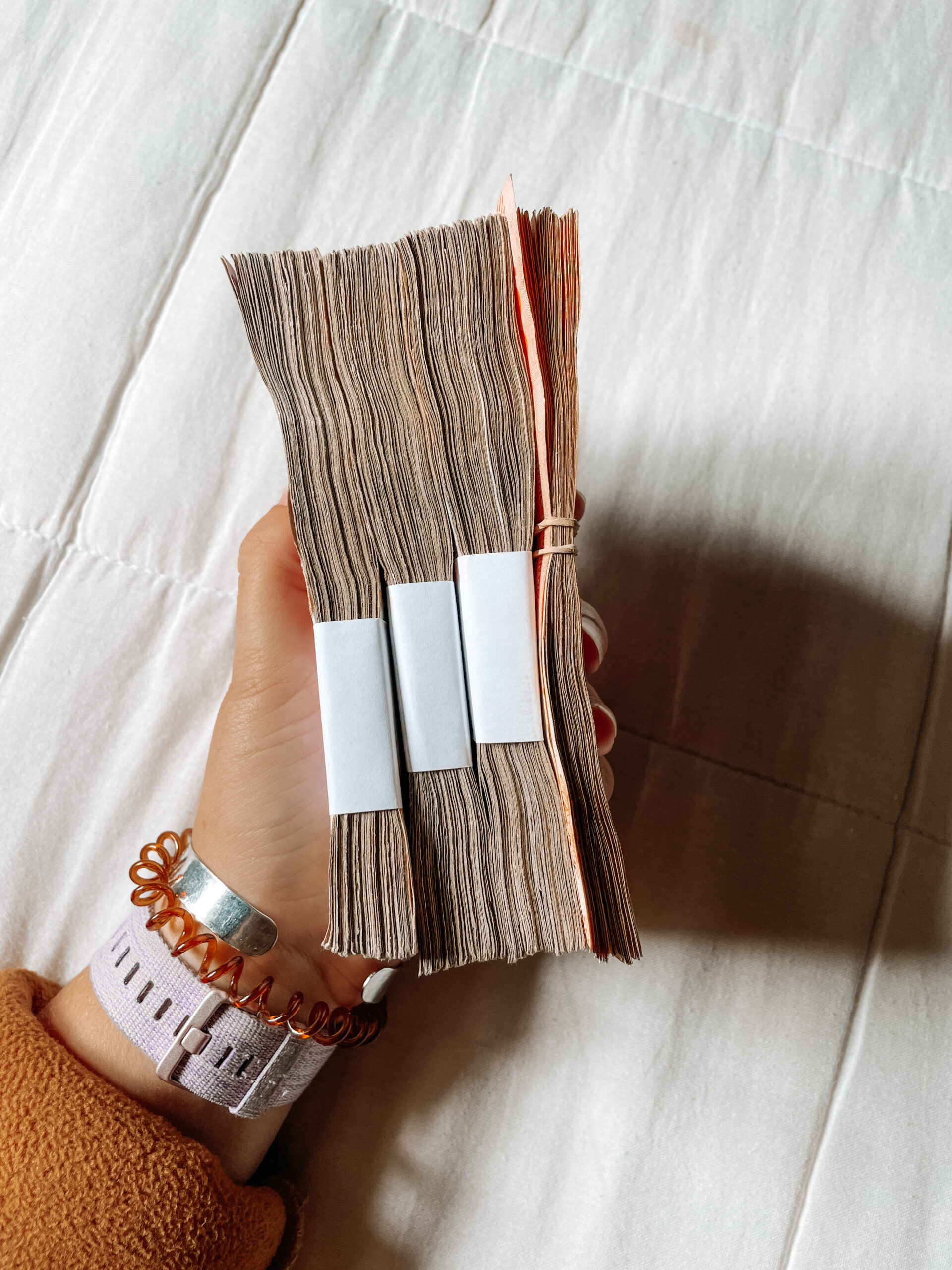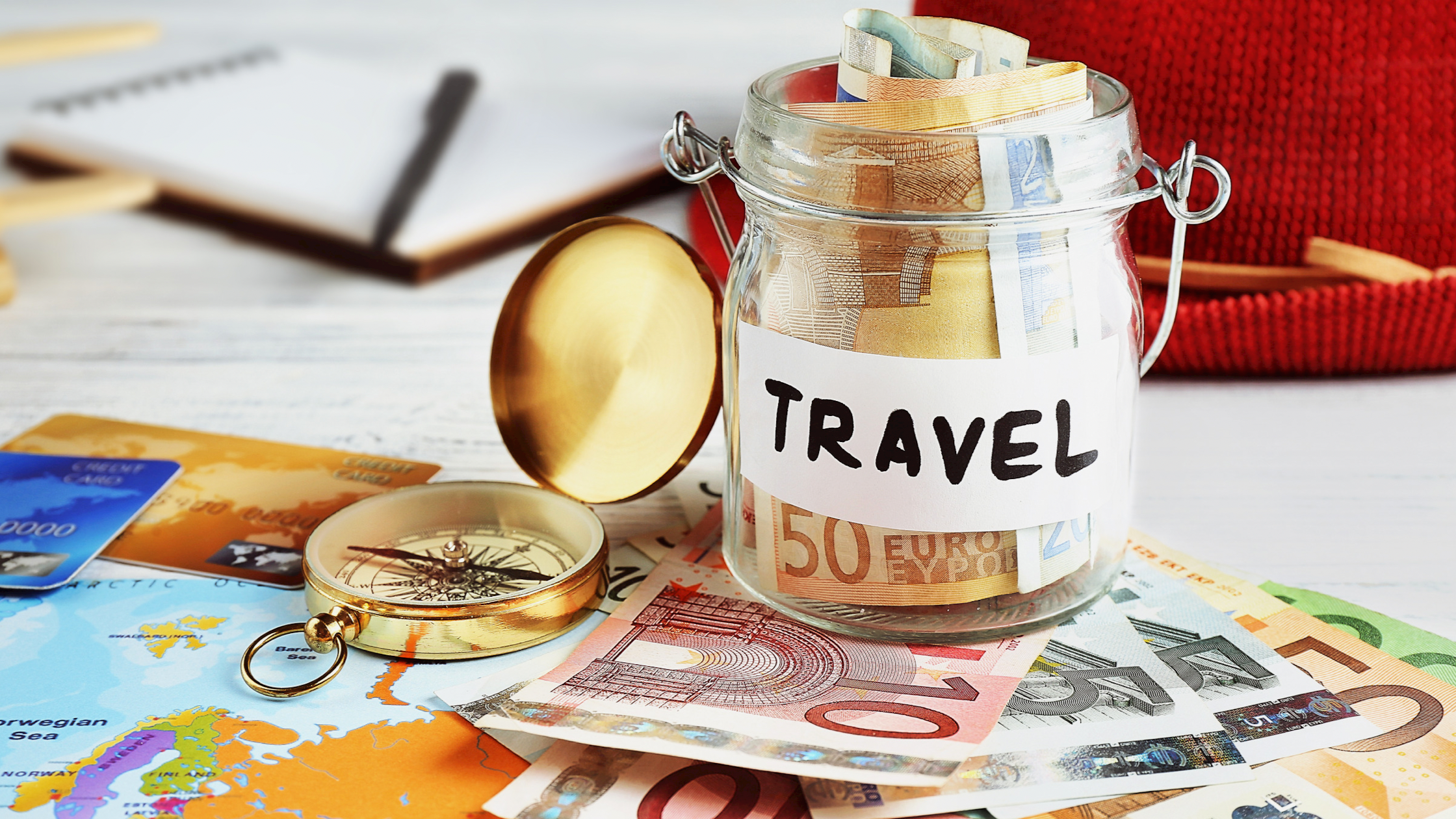

When we arrived in Argentina all we knew about the currency was that the inflation rate is high and therefore it can be considered an expensive country to travel. But the truth is, as a visitor to this beautiful country it doesn’t have to be!
Hopefully this post will help with explaining the situation of currency in Argentina and reveal everything we wish we knew when we first arrived! Here are some tips on managing your money as a visitor in Argentina.
Firstly the currency in Argentina is the Peso, it’s often written as ARS, AR$ or $ on price lists, menus, tags or websites.
Its not unusual to see a price for an item, in the same place to increase within a week. As mentioned above, inflation is very high in Argentina so prices are always changing.
Only exchange or withdraw enough money for what you think you will need on your trip, we made sure to do this and withdraw money as we went along, as we had heard that it is hard to exchange ARS back to other currencies at the end of your trip or even in your home country as you will get an unfavourable rate.
The ‘Official’ government conversion rate is really not the best and ATM fees are high – in our experience it was basically around 10% of whatever you take out so don’t use them at all unless it’s an emergency! We had to use an ATM at the airport when we first arrived so that we could pay for a taxi but we haven’t used them the rest of the time we have been here.
Cash is still king in Argentina
Cash is the preferred method of payment in many establishments and you’ll sometimes even get a discount in shops if you pay with cash. In Bariloche we were receiving 10% discounts in some stores for paying with notes instead of our cards.
Exchanging Currency
Bring some US dollars or Euros to exchange just in case you need to, new US $100 notes are best. Smaller notes such as $1, $5, $10 or 5, 10, 20 Euro are not generally accepted for exchange.
You have to be careful of money exchangers on the street (You’ll often hear them saying ‘cambio’ on street corners of popular tourist spots which means ‘change’ in Spanish) as some have been known to give you fake notes in return, it’s best to ask your hotel where is best to change money if you want get pesos at the blue dollar rate. Some hotels may even offer to exchange with you themselves.
In relation to this any ‘official’ money exchangers at airports etc will usually only buy and sell money at the official rate so again we would not recommend using them unless you really have to.
Wiring yourself money
The best way to get pesos in our opinion is to wire yourself money through Western Union! We have been collecting all of our currency this way and are getting the best rate because of it, it’s around double the official rate (February 2023).
Before visiting Argentina we had never used WU and in all honestly all we had heard about it were stereotypes! It’s so easy to use. You can download the app or use the website online to send money to yourself. You’ll get a code sent to your email and then you can take the email on your phone and your passport along to any western union to collect the money in local currency.
If you go to some popular places like El Calafate which is a small town we recommend to make sure you have enough cash with you as we had to wait in line for 3 hours to collect money (the amount you’re able to collect is limited to 60,000 pesos) and they can only give it to you if they have the money. It’s also worth noting El Chalten does not have a western union currently, it’s a tiny town.
It’s not unusual to be given many smaller notes when you collect money as sometimes this is all that is available. We have never held so much cash in one go, it was a new experience for us. We recommend you bring a bigger bag with you to Western Union, just in case you need more room to store all of your notes until you get back to your hotel safe or dorm locker.
So what about card payments?
As of December 2022 Tourists get a special rate when using cards called MEP which is new and similar to the blue dollar rate – Visa cards are currently better as it’s an instant conversion, Mastercard charges the official rate and then refunds you around 43% back about 5 days later.
Debit cards do work in some places and you also get the MEP rate but not everywhere accepts them!
If hiring a car, a bike or any equipment you usually have to provide a credit card so make sure you bring one with you on your trip (we would recommend brining one for any destination worldwide as a safety net anyway!).
Paying for Accommodation
If you pay cash at bigger hotels they may charge you 21% vat. If you pay by credit card you don’t have to pay the VAT as a foreign tourist. Family run hotels and hostels don’t usually charge the VAT if you pay in cash as this is the only form of payment they usually accept.
When paying for accommodation it is always good to check which currency you are being charged in. In our experience most hotels charge in the local currency ARS and then if paying by credit card the bank converts this to US Dollar and then into your home currency (allowing you to receive the MEP rate). HOWEVER, one hotel in Buenos Aires charged us directly in US dollar so we effectively paid double the advertised price in ARS as we did not receive the MEP rate. We did not realise this until we checked out and if we had know we would have paid in cash as it would have been much more affordable for us.
With these tips regarding managing your money in Argentina, you should be able to make the most of your trip 🇦🇷
PS. Residents of Argentina do/can really struggle with the constant inflation rates so as with other countries where your home currency is strong and has advantages as a traveller abroad we would recommend you are respectful and don’t flaunt your cash around or openly make comments of how affordable things are for you to locals; for them at the official rate everything can be double the price!




